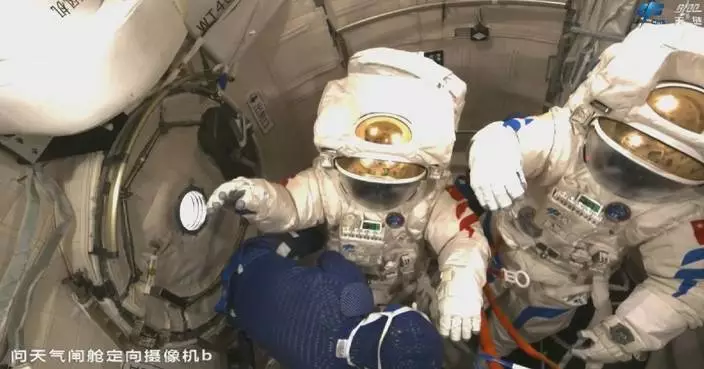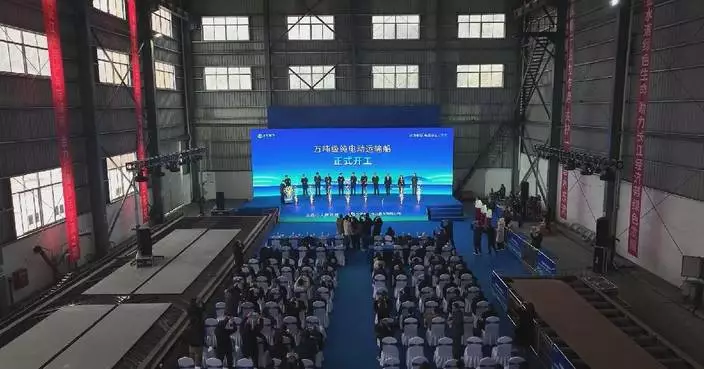The U.S. Federal Reserve on Wednesday slashed interest rates by 50 basis points amid cooling inflation and a weakening labor market, marking the first rate cut in over four years.
"The Committee has gained greater confidence that inflation is moving sustainably toward 2 percent, and judges that the risks to achieving its employment and inflation goals are roughly in balance," the Federal Open Market Committee (FOMC), the central bank's policy-setting body, said in a statement.
"In light of the progress on inflation and the balance of risks, the Committee decided to lower the target range for the federal funds rate by 1/2 percentage point to 4-3/4 to 5 percent," the FOMC said.
This signals the start of an easing cycle. Starting from March 2022, the Fed had raised rates consecutively for 11 times to combat inflation not seen in forty years, pushing the target range for the federal funds rate up to between 5.25 percent and 5.5 percent, the highest level in over two decades.
After maintaining rates at the high level for over a year, the Fed's tight monetary policy faced pressure to pivot due to the easing of inflationary pressures, signs of weakening in the job market, and slowing economic growth.

U.S. Fed slashes rates by 50 basis points, first rate cut in four years

U.S. Fed slashes rates by 50 basis points, first rate cut in four years
China in 2024 saw a faster transformation and upgrading of investment in manufacturing industry, a strong growth of investment in high-tech industries, and a rebound of investment in infrastructure construction, according to the latest data released by the National Bureau of Statistics on Saturday.
The investment in manufacturing industry grew by 9.2 percent compared to the previous year, or six percentage points higher than the growth rate of overall investment. In particular, investment in technological upgrades of manufacturing industry increased by eight percent, or 4.8 percentage points higher than overall investment growth.
Private investment in manufacturing grew by 10.8 percent, driving up overall private investment by 5.3 percentage points.
The structure of investment continued to optimize. Investment in high-tech industries rose eight percent compared to the previous year, which was 4.8 percentage points higher than the growth rate of overall investment. In particular, investment in high-tech manufacturing grew by seven percent, and that in high-tech service industry grew by 10.2 percent. Investments related to high-tech industries, such as aerospace equipment manufacturing and professional technical services, increased by more than 30 percent.
In 2025, China plans to moderately increase central government budgetary investments, issue ultra-long-term special treasury bonds and local government special bonds, and enhance efforts to support projects for implementing major national strategies and building security capacity in key areas, as well as implementation of large-scale equipment upgrades and consumer goods trade-in programs, with the aim of stimulating private investment activity through various measures, effectively leveraging government investment to drive social investment, improving investment efficiency, and promoting steady growth in investments.

Transformation, upgrading of China's manufacturing investment accelerates in 2024
























































